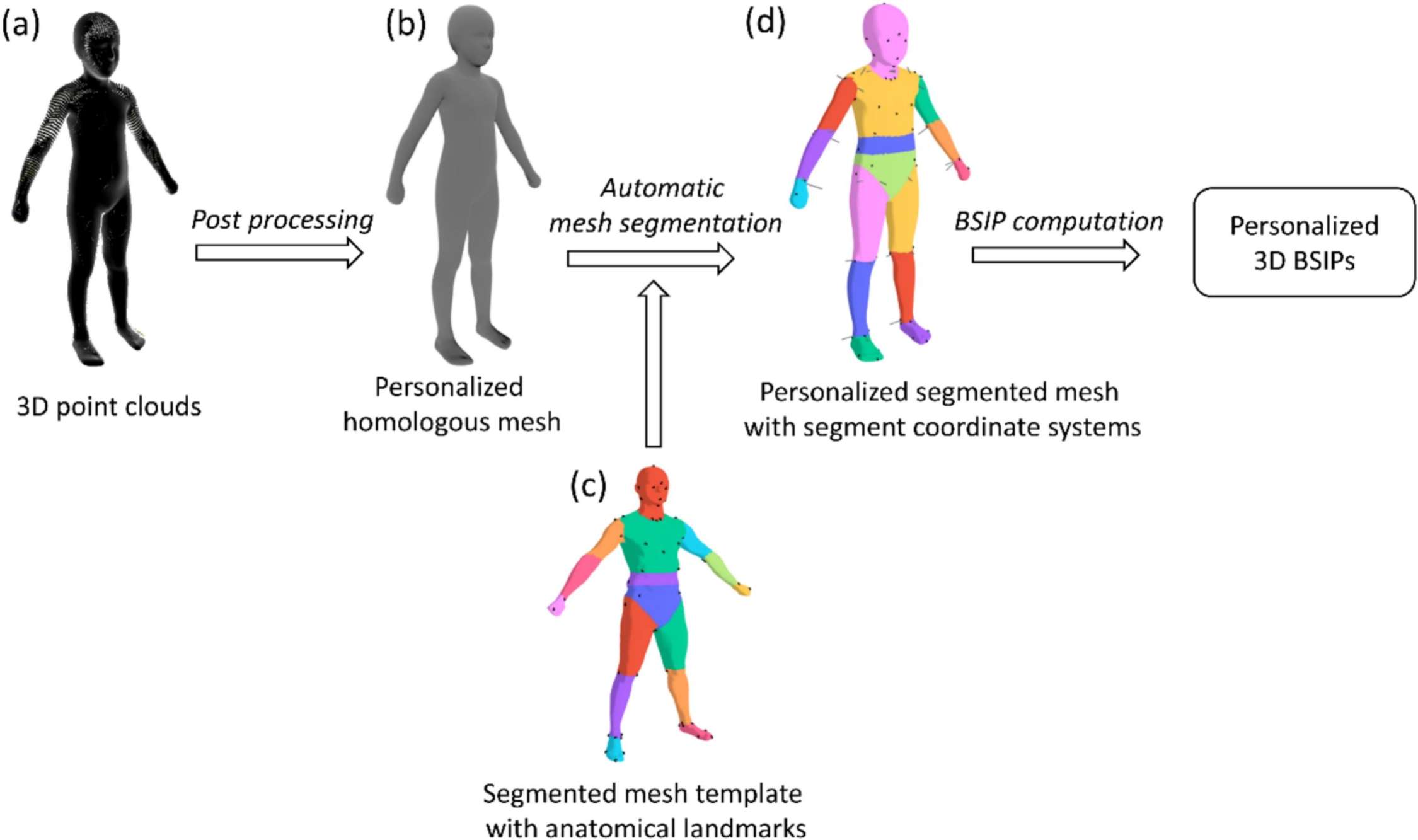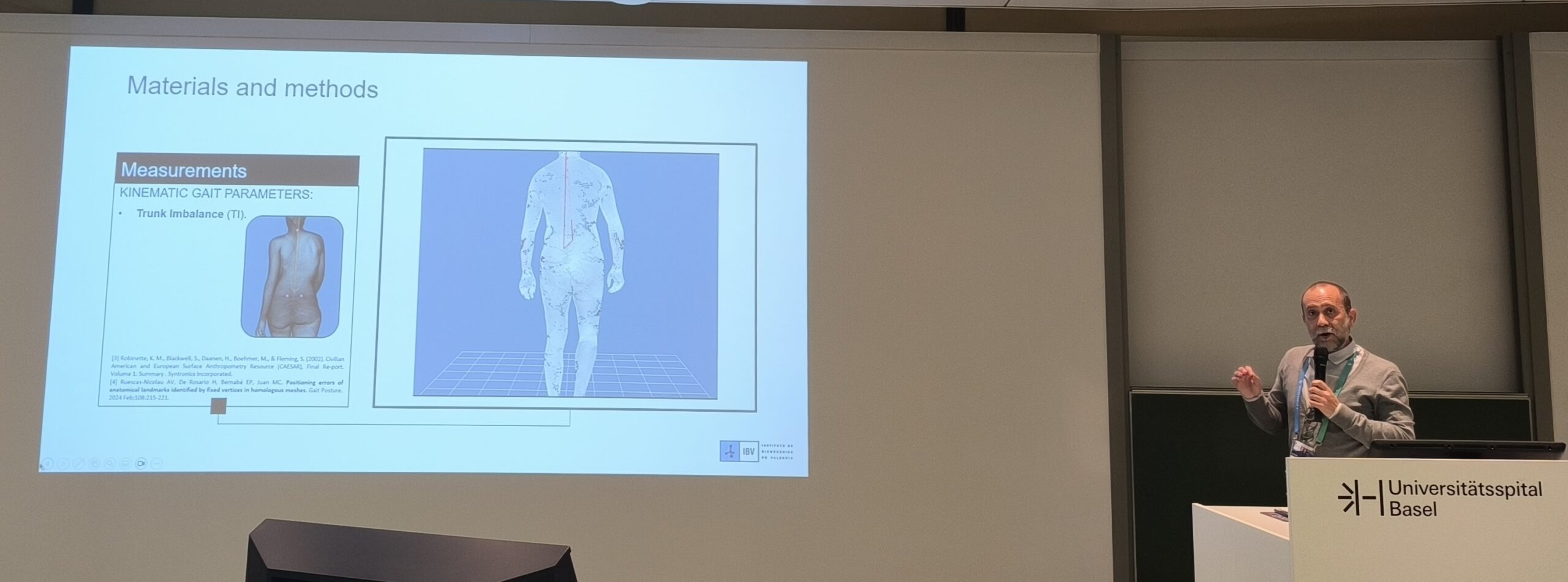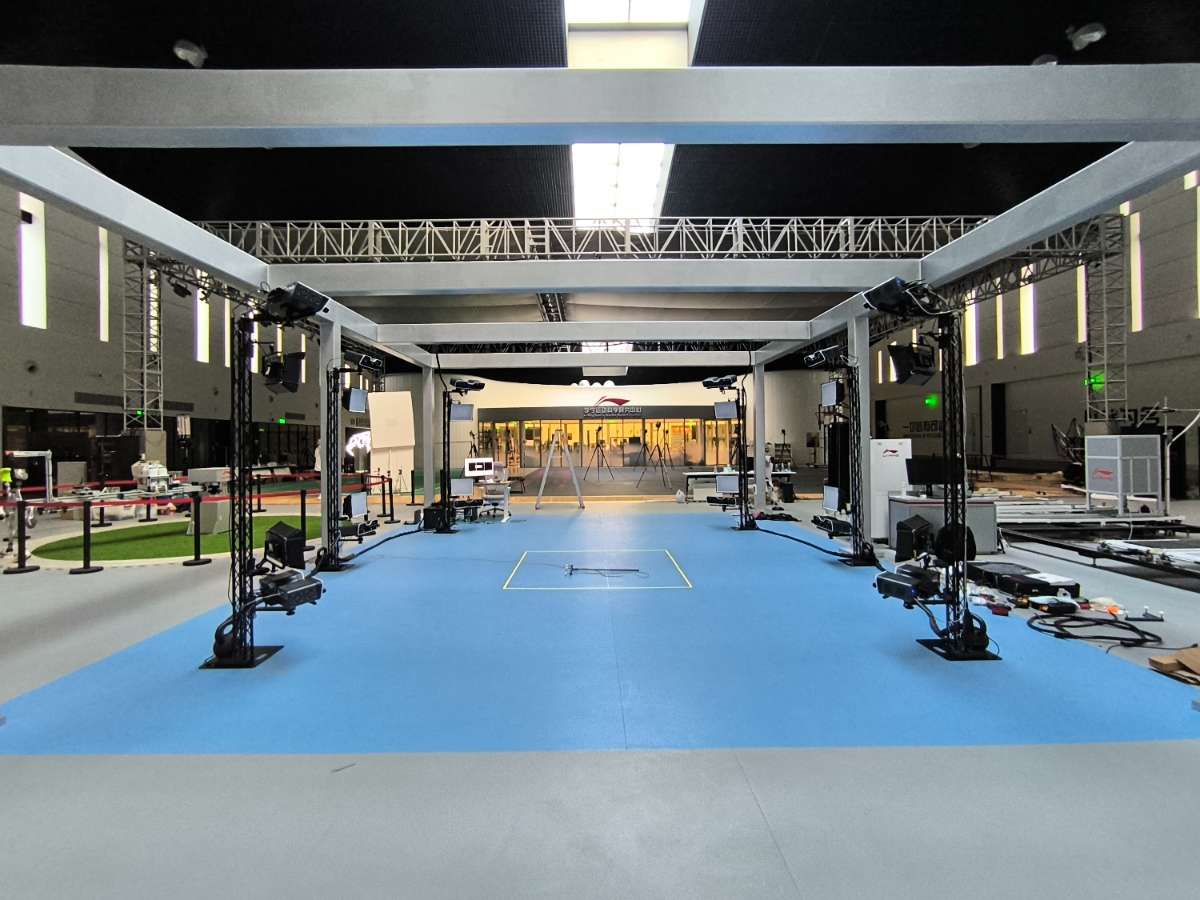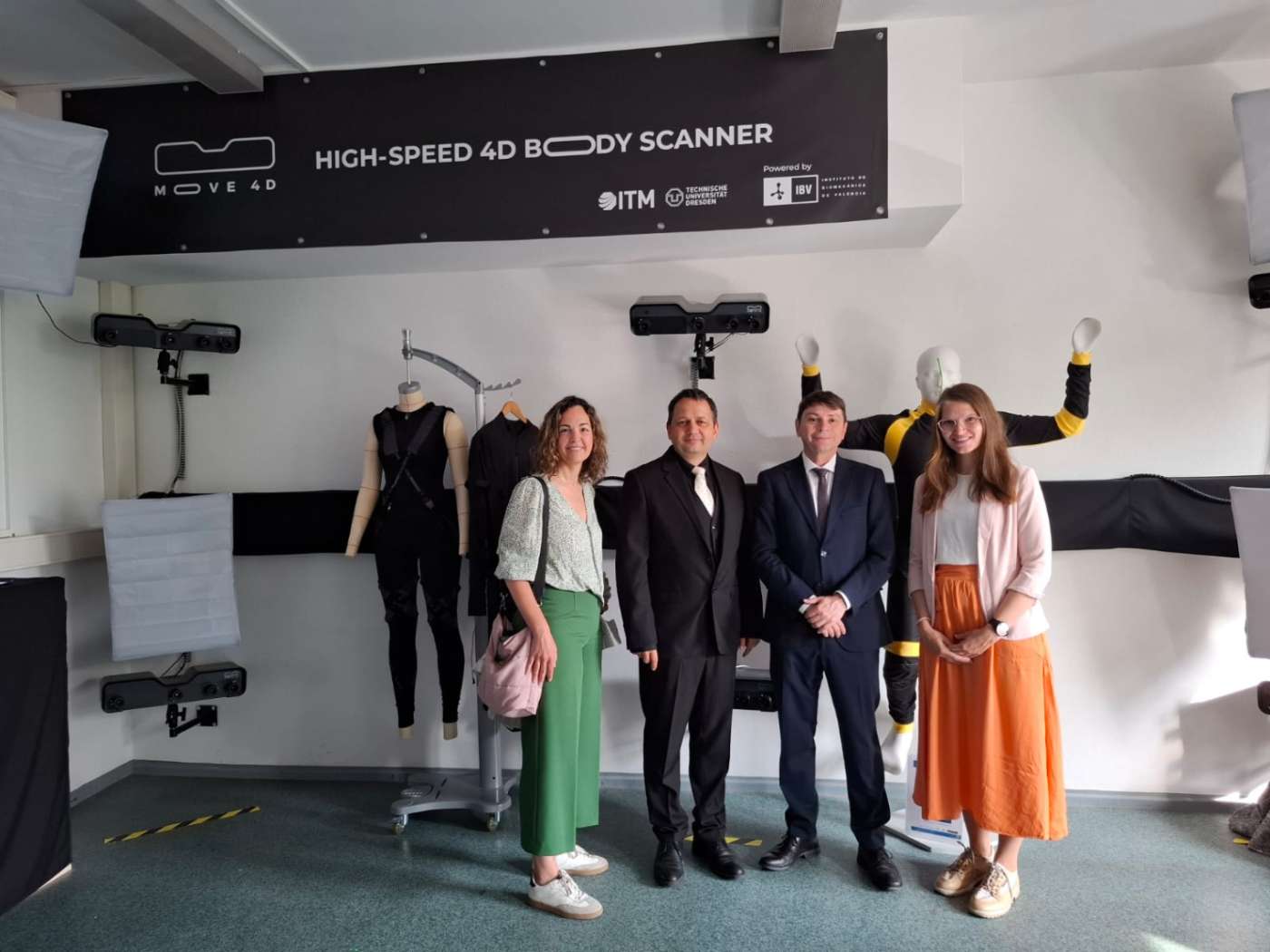The Instituto de Biomecánica de Valencia (IBV) had a standout presence at the 2025 edition of the International Society of Biomechanics (ISB) congress, held from July 27–31 in Stockholm, Sweden. This event, a global reference in human movement science, served as the perfect stage to present recent breakthroughs in clinical motion capture technologies. In this setting, MOVE4D—IBV’s markerless 4D scanning system—took center stage.
Scientific presentations: New approaches to knee and spine assessment
Our colleague Fermín Basso Della-Vedova presented two research papers showcasing how MOVE4D enables new ways to assess functional movement in the knee and spine:
- “Vertebral rotation estimation during gait in women with scoliosis using a 3D dynamic scanning system”
- “Novel methodology for the estimation of subject-specific knee IHA using a dynamic 3D scanner”
Both studies highlight the potential of 4D scanning for gathering highly accurate clinical data—surpassing the limitations of traditional marker-based systems.
The first paper focuses on estimating vertebral rotation during gait in women with scoliosis, a key variable in monitoring and treating this condition. The second introduces a new method for estimating the subject-specific instantaneous helical axis (IHA) of the knee using dynamic, patient-specific data instead of generic static models.
MOVE4D in practice: A real markerless alternative
MOVE4D was also showcased at IBV’s exhibition booth, where attendees had the opportunity to explore the technology and discuss its clinical and research applications directly with our team.
MOVE4D captures human movement with high precision—without the need for markers or special suits. Its consistent-topology 3D mesh output enables:
- 50k landmarks automatic detection
- Detection of functional asymmetries.
- Analysis of pathological gait patterns.
- Objective evaluation of clinical interventions.
Thanks to its automated, contact-free workflow, MOVE4D reduces patient prep time and eliminates errors from sensor misplacement—making it an especially powerful tool for clinical environments and applied research settings.
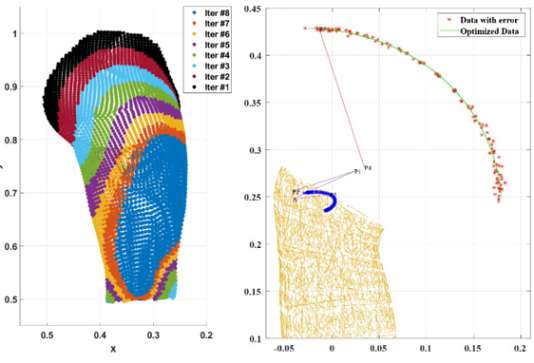
Expanding into pediatric research
IBV’s participation at ISB 2025 also coincides with the publication of a new article in the Journal of Biomechanics, titled:
“Body segment inertial parameters of children derived from a large database of 3D body scans”
This study marks a significant step forward in understanding pediatric body segment inertial parameters and opens new possibilities in child-specific motion analysis and product design.
The research stems from a fruitful international collaboration between IBV and Université de Lyon, with contributions from Raphaël Dumas, Bhrigu K. Lahkar, Thomas Robert, Fermín Basso Della-Vedova, and Helios De Rosario. The project began during the IUC-Bohnes colloquia, reinforcing a successful and ongoing scientific alliance.
What does this mean for research and clinical practice?
The findings enable more accurate definition of body segment inertial parameters in children—a key element for simulating human movement in biomechanical models. Because they’re based on a large and realistic dataset of 3D body scans, the results offer a much-improved alternative to traditional methods based on scaled adult data or generic assumptions.
Some of the direct applications include:
- Pediatric gait analysis.
- Evaluation of orthopaedic and neurological treatments.
- Design of pediatric medical devices.
- Development of simulation environments and machine learning datasets.
MOVE4D as a growing international reference
MOVE4D’s strong presence at ISB 2025 and its role in this newly published research reinforce its growing impact in the field of biomechanics. Its ability to deliver precise, accessible, and clinically relevant data positions it as a true alternative to conventional systems.
At IBV, we remain committed to expanding MOVE4D’s reach through international collaborations and new research initiatives. Our goal is to continue integrating this technology into clinical, educational, sports, and industrial settings—supporting health, ergonomics, and human performance.
Want to explore how MOVE4D can support your institution?
Check out our product sheet or contact our team for a personalised consultation.

